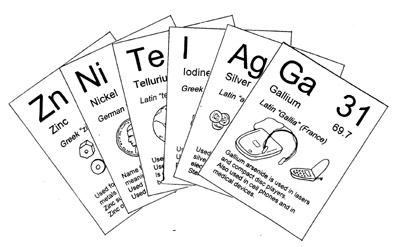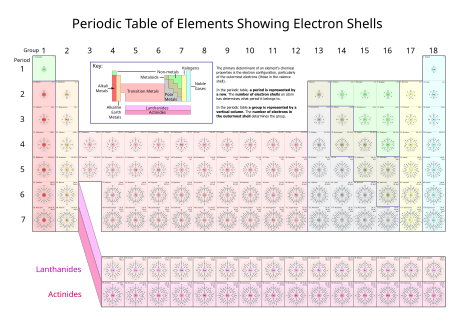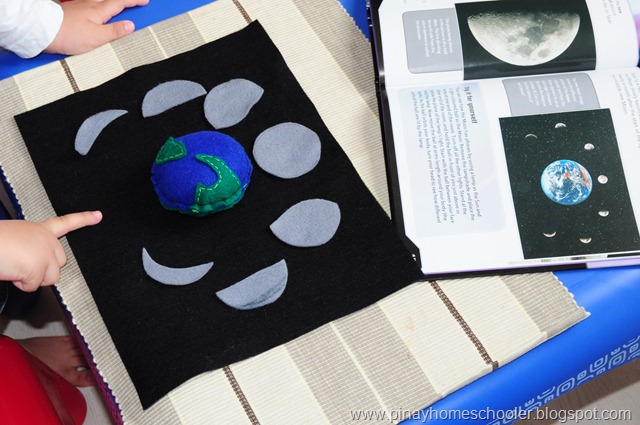Following on from my last post on the atom, this post will look at activities and ideas I have used to introduce the periodic table to my class.
To begin, it is important to have an attractive and accurate periodic table for the children to work with. I created this periodic table activity below and it is definitely one of my favourite materials. This can be downloaded from here.
I wanted the periodic table to really stand out, so I made sure I used bright colours on a black background. The control chart includes all the details, while the working chart is blank and the child uses the small printed tiles to construct the periodic table. Initially, the child will work with both charts alongside each other, but eventually, the child should be able to use the blank chart and count how many elements they can place correctly without the control.
The children can also use the blank chart to make their own periodic table. I have included one with the periodic table for sale here. Or you can download one for free here.
The Elements book by Theodore Gray is a definite must have when working on the periodic table. It contains beautiful images which really capture the children's interest. Noah read this book for hours.
The book also includes a foldout periodic table like this one below.
(Photo from http://elements.wlonk.com/)
I printed these element cards from this website. They also have free periodic tables and other element printouts. We used these cards for a matching activity.
(Photo from ETC Montessori)
I also have a set of these cards from ETC which are really beautiful. We use these to construct a visual periodic table and to look at the layout of each atom.
(Photo from http://ellenjmchenry.com/)
These cards are also available for a free download with instructions on how to play the Quick Six card game.
I used this free download for children to create their own element booklets.
(Photo from Wikipedia)
To help children make the elements on our atom board, I printed out this periodic table from wikipedia and cut it into individual elements. The cards show the number of electrons in each shell.
This previous post shows our atom board.
(Photo from Unusual Outburst of a Scientific Mind)
I love this idea and would like to encourage my class to make individual element boxes which are added to by students over the years. The items can also used for something like below:
(Photo from Pinterest)
(Photo from here)
Finally for our next project, I would really like to make a floor sized periodic table, where each element is one A4 page. This would specifically appeal to kinesthetic and spacial learners. I plan to use the element printout from here but keep to the original colours from our Montessori periodic table.





.jpg)















.svg/1920px-Periodic_Table_of_Elements_showing_Electron_Shells_(2011_version).svg.png)





